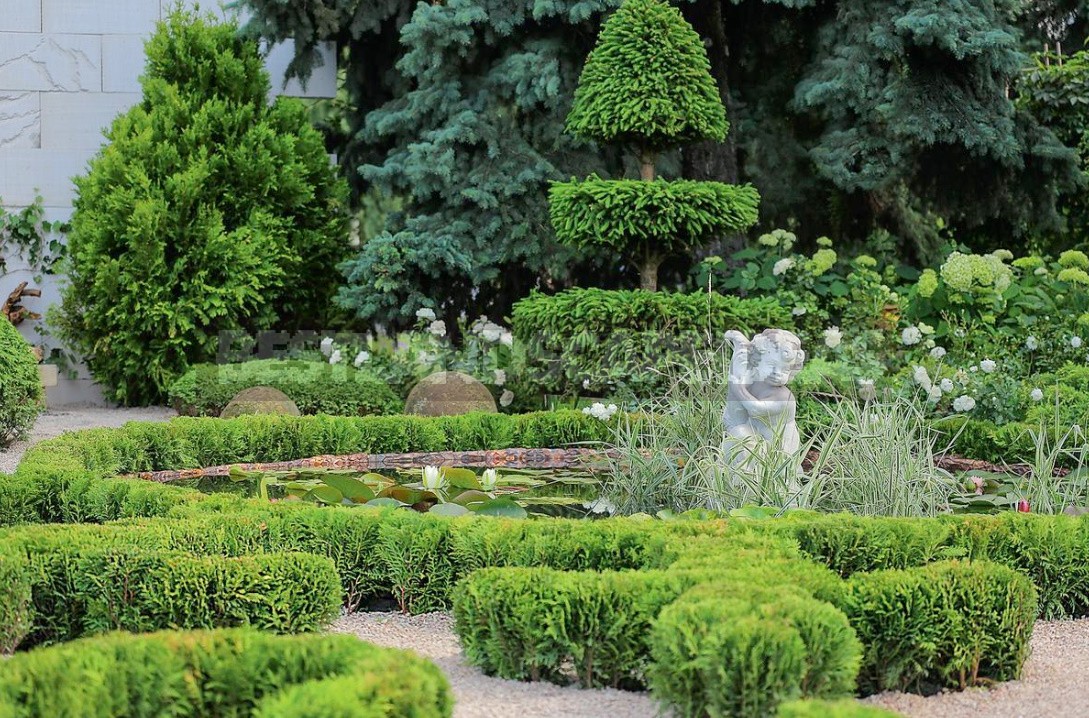
Every summer resident from time to time takes photos of different parts of their site — as a souvenir for a photo chronicle or just to show off their achievements to friends. Today we will discover the secrets that will help to make these kinds of pictures is particularly good.
Do you think there are standard requirements for the camera or shooting parameters that must be observed when photographing garden landscapes? The answer is ambiguous and largely depends on the size and configuration of the site, the degree of its development, and the density of plantings. Still, homesteads are often limited in size, which means that the standard landscape shooting conditions for them do not always “work”.
Classic landscape photography involves a wide viewing angle, a distant perspective, the presence of several plans and sharpness throughout the frame. In a real garden setting, these conditions don’t come together very often.
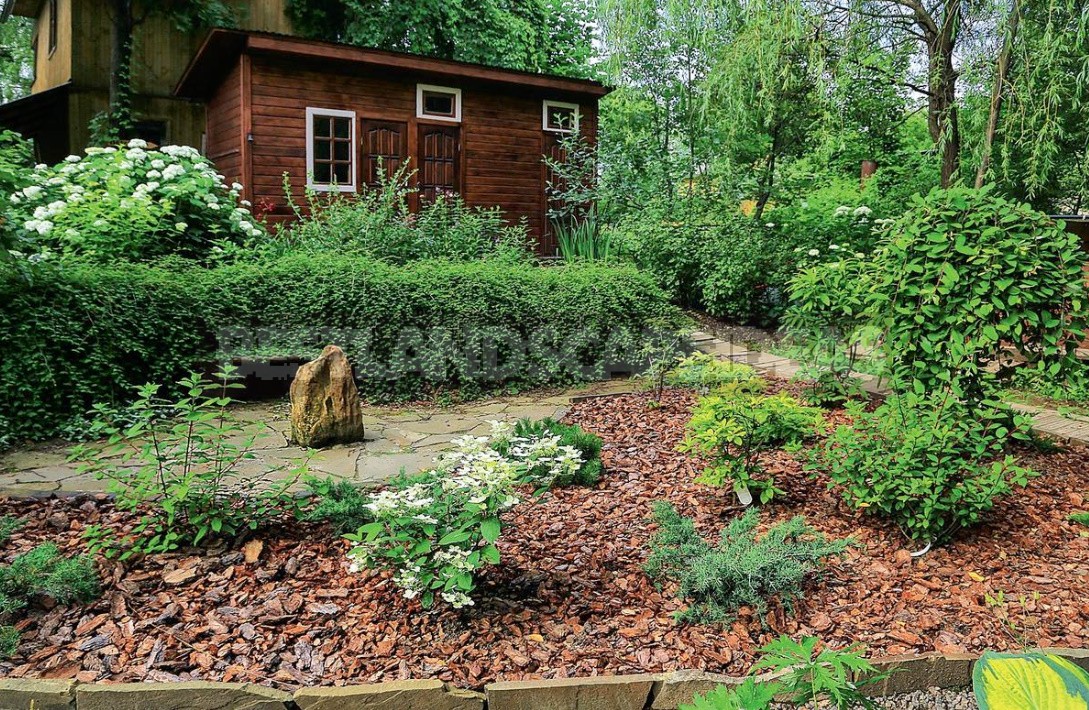
For a novice photographer, shooting a landscape usually seems simple and straightforward. it is not by chance that this genre — as well as portrait — is the most popular. However, a truly masterful landscape, memorable and touching the soul, can be removed not often and not for everyone. After all, in landscape photography, in addition to the correct application of the rules, it is necessary to capture and convey a special state of nature, and even better-and your own mood. That is why good landscapes are often obtained under non-standard natural conditions: fogs, thunderstorms, strong winds or snowfall.
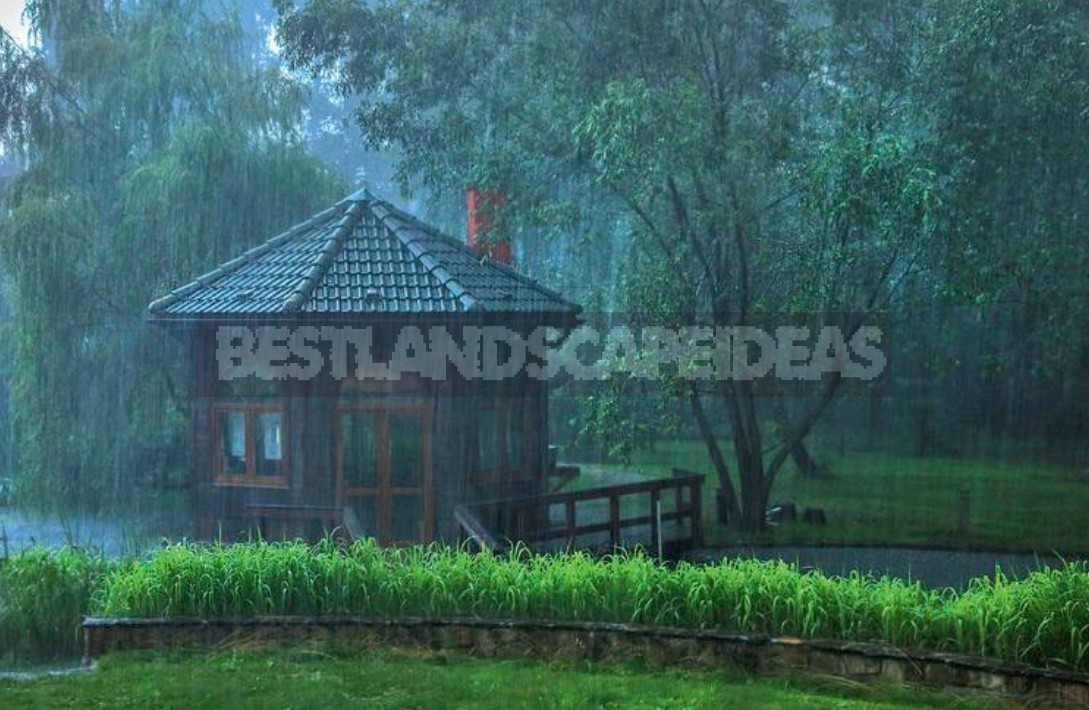
The main condition for creating a good landscape photo is a good light, which determines the emotional and artistic components of the image, and gives integrity to the whole picture. It is considered that the most suitable for landscape photography so-called “magic” hours – this is the time of sunrises and sunsets. At this time, the sun is low on the horizon, and the shadows become long and expressive. The lighting is soft, low-contrast, and the color temperature is low, which gives the objects in the frame warm shades. Tip: to get exactly this effect, don’t forget to set the correct white balance.
In landscape photography, it is important to consider the direction of light. When shooting in the garden, try to make the sun illuminate the object from the side or diagonally, then the shadows “start working”, emphasizing the volume and creating the illusion of depth in the frame. The most boring and flat photos are usually obtained when shooting landscapes in front, when the sun shines on the back of the photographer’s head.
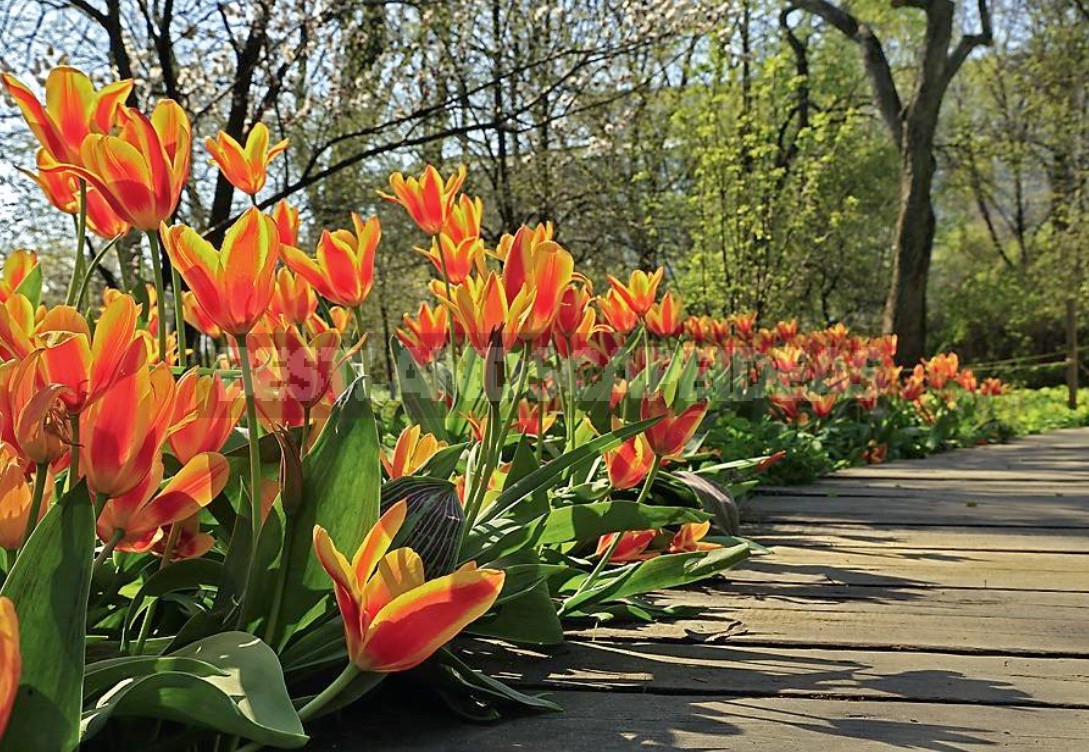
Interesting landscape images in the garden can also be obtained with counter or counter light, when the foliage of trees and shrubs glows at the lumen. In this light, you can also get nice silhouette images.
But keep in mind: shooting in the background light is technically difficult, such a frame inevitably turns out to be very contrasting. What to do? Choose a position where the source of bright light (the sun) is obscured by some object (for example, a tree or a fragment of a building) or-use special shooting techniques taking into account the high dynamic range.
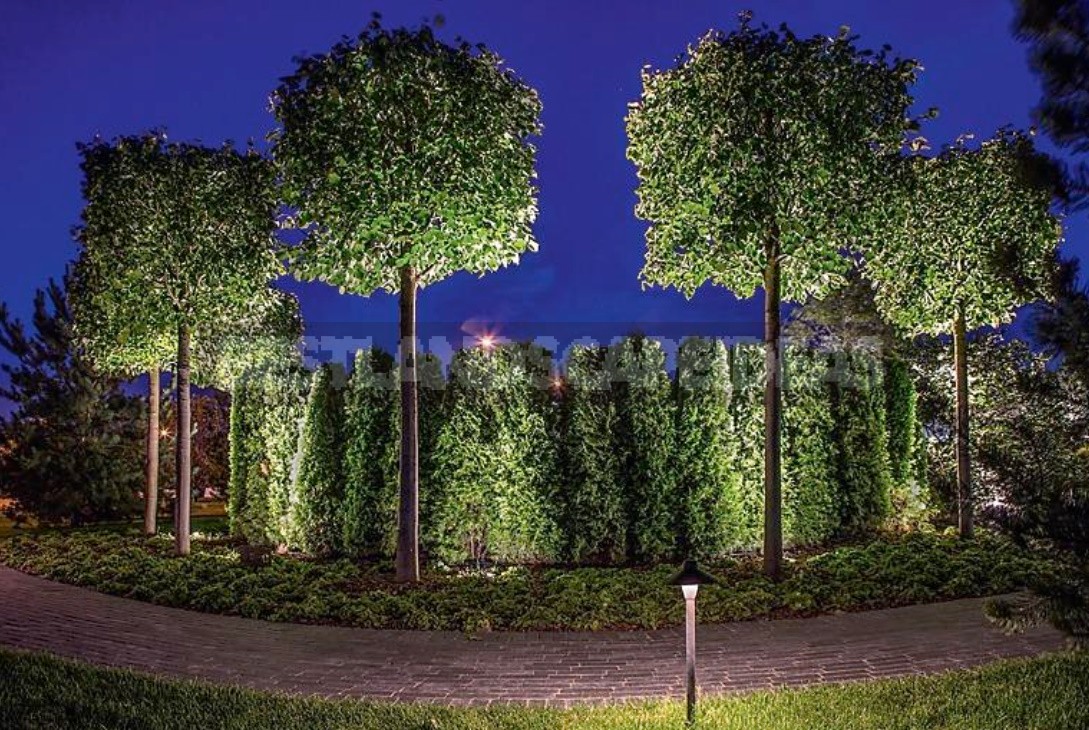
Guidelines for shooting landscapes state that for these purposes, you need to use lenses with a wide viewing angle. In fact, you can shoot a classic landscape with almost any glass, even a telephoto lens. However, for garden landscapes, it is better to use lenses with a small focal length (14-35 mm). This is due to the small size of most gardens and the presence of closed spaces, limited by scenes, large tapeworms, buildings. A lens with the specified range of focal lengths on a full-frame camera allows you to get wide viewing angles (from 114° to 64°), so even if you are in a small clearing or in a compact garden office, you can take a picture of the landscape format.
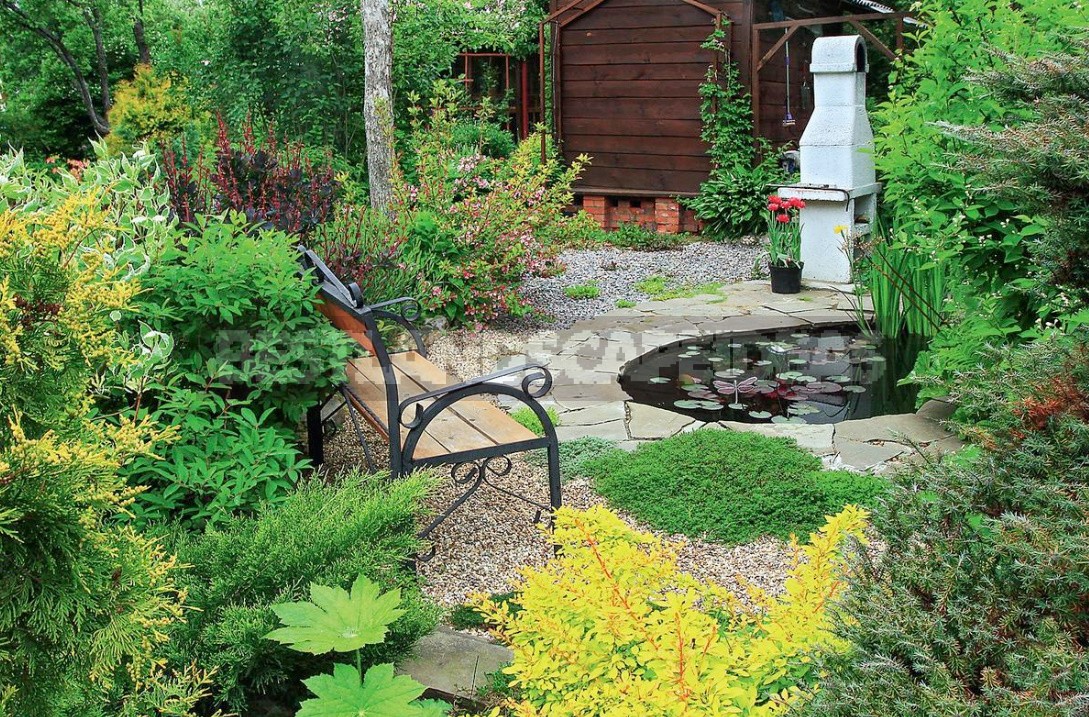
Important: landscape images are usually taken in a horizontal format, although if there are tall trees in the garden, they can also be vertical.
Another important caveat is the choice of lens aperture numbers. Let me remind you that they mean how wide the aperture is: the smaller the number, the wider the aperture is. Aperture numbers determine the exposure and, most importantly for our theme, the depth of field of the image space. Since in any landscape you usually try to get a sharp image of different plans, it would seem that you should shoot at the highest aperture values (from f / 22). However, due to the characteristics of the lens device, you should choose the average (from f/8 to f / 16), at such values, the depth of field of the image space is large enough, and the sharpness of the image is the highest.
Tip: a landscape image of a garden must contain several plans (usually three or more). The multiplicity of landscape images creates a sense of its volume.
Do not forget that the sharpest images of landscapes are obtained when the camera is firmly fixed in the hands or placed on a support. The best result is shooting from a tripod using a cable or self-timer, which practically guarantees the absence of the so-called “wiggle”. Important: if the camera or lens is equipped with an image stabilization system, it is better to disable this function when using a tripod.
Of course, as in any genre of photography, the most important component of a successful landscape image is its compositional construction, that is, the achievement of such a mutual arrangement of objects in the frame that would cause the viewer to feel a sense of harmony. Basic photographic techniques for creating a harmonious image are based on knowledge of the laws of the Golden section (“rules of thirds”), the use of linear and aerial perspective, taking into account the balance of the image and choosing original angles.
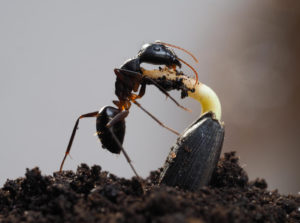



Leave a Reply